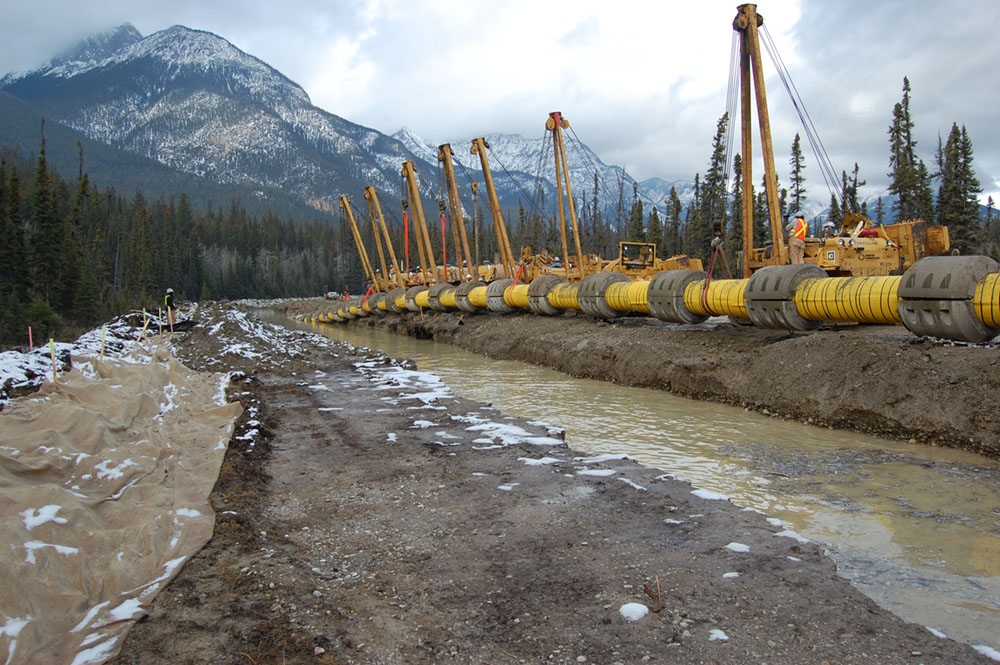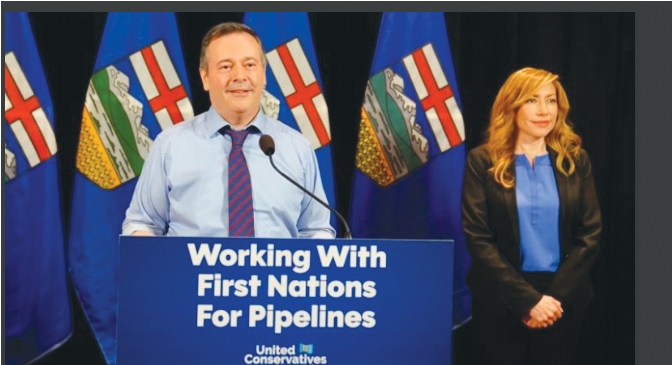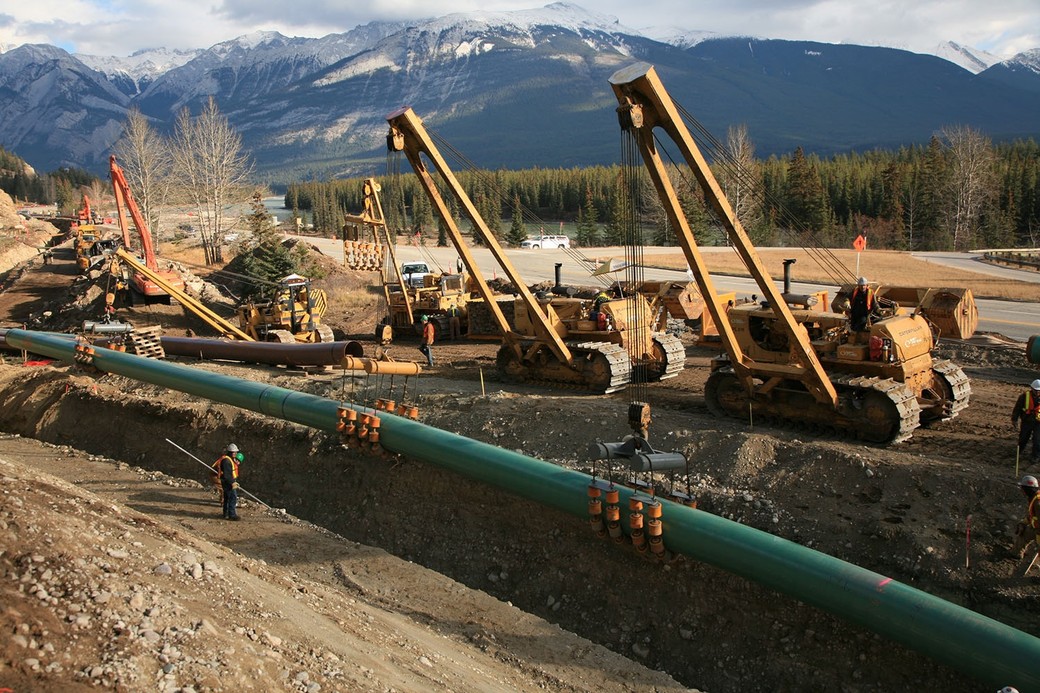
Protecting Bodies of Water — A Top Priority For The Pipeline Industry
Over 100 biologists, engineers, government officials and other experts are currently working with the pipeline industry as it updates its comprehensive guidelines for constructing pipelines that cross bodies of water.
And for good reason – Canada has an extensive pipeline network; in fact, the members of the Canadian Energy Pipeline Association (CEPA) operate over 115,000 kilometres of pipeline. As lakes, streams and rivers make up approximately nine per cent of the country, it can be necessary for these pipelines to cross bodies of water in order to deliver the oil and gas products Canadian use everyday.
Pipelines are a safe and efficient way to transport energy over long distances. And when they go through rivers and streams (known as watercourses), special care is taken throughout the pipeline lifecycle – which includes planning, construction, operations and maintenance, and retirement – to protect the ecosystems in those environments.
Science-based guidelines
Greg Bryant is a senior environmental planner at CH2M Hill, a firm that works with pipeline companies to reduce the environmental impact of their projects. He outlined some of the many environmental concerns that need to be taken into account when a pipeline crosses water.
Some of the factors that are considered include the presence or absence of fish, the sensitivity of species of fish that are observed, the stability and erosion of bed and banks, water quality and quantity, and traditional land use by Aboriginal communities.
These elements and others are all being covered in the comprehensive Pipeline Associated Watercourse Crossings Manual, 5th Edition, which the pipeline industry is currently developing, to expand and update its already comprehensive practices for watercourse crossings.
These science-based guidelines help pipeline operators improve their understanding and share knowledge of how best to design and build a pipeline around water and ensure construction has minimal impact on the environment.
With input from Fisheries and Oceans Canada, pipeline regulators, biologists, engineers and other experts, the fifth edition of these guidelines analyze the variety of factors that companies must consider for watercourse crossings, and suggest the best possible action. The guidelines also include tools for improved self-assessment processes and technical information.
Specialized construction, operations and reclamation
The manual provides extensive insight for watercourse crossings, including where to start. Bryant explained that choosing a location best suited to maintaining the stability and the integrity of the pipeline is the “first and foremost consideration” when planning where a pipeline will cross water.
“The crossing needs to be geotechnically sound (i.e. stable slopes and banks),” said Bryant. “The preference is to cross at a straight stretch of the river as opposed to locating the crossing on a meander bend.”

trenchless method the industry uses. It
involves drilling a path underneath a river
or other obstacle (like a road) and basically
threading the pipeline underneath.
Generally, a crew who specializes in watercourse crossings is used during installation, Bryant explained. Companies adhere to timing restrictions when working instream, to avoid periods when fish and/or their eggs are present at the crossing or within the zone of disturbance downstream of the crossing. If the geological conditions are suitable, trenchless crossing methods, such as horizontal direction drilling, can be used. This construction method eliminates the need to clear vegetation, grade the banks and excavate a trench in the bed of the watercourse. Minimal clearing of vegetation and grading reduces the potential for erosion and sediments entering the watercourse.
Special reclamation practices can be used to reduce the potential for erosion of the stream banks and to re-establish or enhance fish habitat that was present prior to construction.
In addition to the precautions taken during construction, the physical design and operations of the pipeline are also adapted to take into account sensitive ecological areas. When pipelines cross water bodies, operators can use thicker pipe walls, special pipeline coatings, and occasionally, special cables, bolts and weights to secure the pipeline. In larger water bodies, automated block valves, which stop the flow of product in the pipeline, are installed on one or both sides of the watercourse crossing, further reducing the possibility of an accidental spill or leak.
The pipeline industry continues to advance its practices to ensure that at each phase of the pipeline life-cycle to make sure watercourse crossings are protected, potential damage is mitigated and disturbed areas restored.
Featured Image: Laying pipe in waterway by Kinder Morgan.












